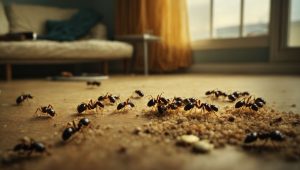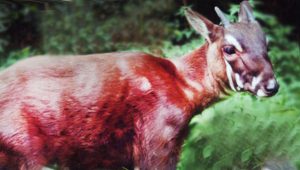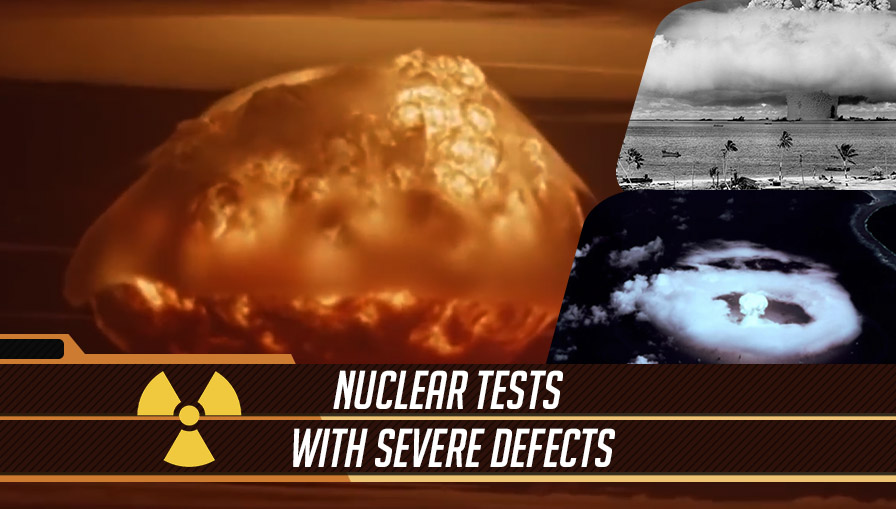
Nuclear tests with severe defects
Castle bravo thermonuclear device
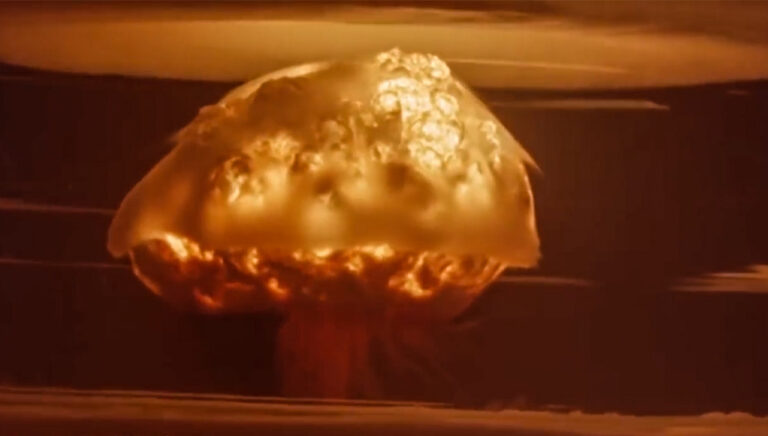
The castle bravo thermonuclear test was one of the dozens of nuclear detonations the United States carried out during the cold war in the Marshall Islands.
but this one was a little bit different from the others it became known as one of the largest ever nuclear weapons tests and was carried out on March 01/1954 at the bikini atoll of Marshall islands.
A simple design error was what made it an event we’re familiar with today.
The explosion yield was 15 megatons. Which was 2.5 times larger than anyone expected and a thousand times more powerful than the Hiroshima bomb.
As you can imagine a lot of bad things happened in the days weeks and years later. Over 11,000 square kilometers surrounding the test site were affected by radioactive fallout.
Radioactive materials were even detected in Europe the US, Japan, India and Australia.
As time went on and new research papers were written it became known as the dirtiest nuclear test. Bikini Island was now unsafe for human habitation and an unknown number of people suffering from cancer relating to exposure to radioactive material.
You’ve gotta admit this nuclear test went horribly wrong.
Starfish prim

Starfish prime was a nuclear test that the United States conducted back in July of 1962. It was one of five just like it with the goal of finding out what the effect of nuclear weapons was in lower outer space or high altitudes.
The test was arranged for the northern pacific ocean and the explosion occurred around 400 kilometers above the Johnston Atoll.
And by explosion, we really do mean explosion like a massive one. The explosion yield was 1.45 megatons or around 100 times that of the Hiroshima bomb.
Alongside seeing what the effect was at high altitude the starfish prime test also looked at radiation belts in the magnetosphere called van Allen belts. These belts have energetic particles.
The man who discovered them James Allen agreed to cooperate with the military study to find out how they could be disrupted.
As it turns out they could be disrupted quite a lot. The test caused the shape and intensity of the lower Van Allen belt to change temporarily. This created a fake aurora borealis right across the Pacific Ocean that could be seen from Hawaii to New Zealand.
The test also caused a power surge that knocked out electrical systems and caused significant damage.
The baneberry test
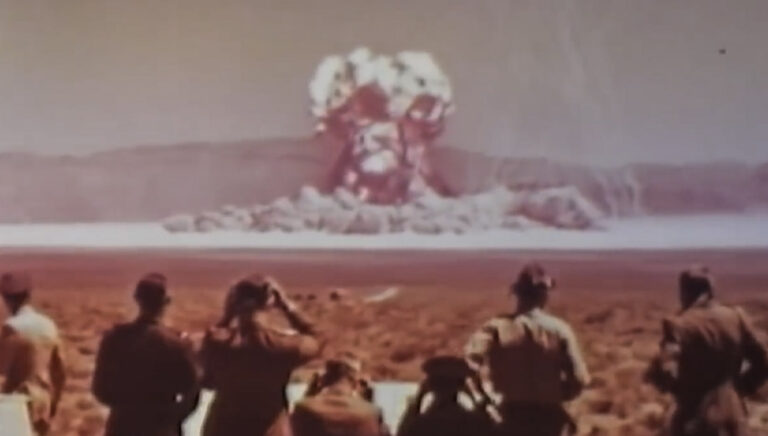
Before the baneberry test took place on December 18/1970 the United States had signed a partial test ban treaty.
This treaty meant nuclear testing had to go underground to stop the venting of nuclear materials and limit people’s exposure to radioactive fallout. It was a great plan in theory and even the preparation efforts for the baneberry test looked like they would be enough.
The Nevada test site was chosen and a small nuclear bomb was lowered into a seven-foot wide 900-foot deep hole.
After the bomb went off a fissure opened in the ground about 300 feet away from where it had been planted. Things weren’t off to a great start. This fissure caused radioactive vapor and dust to pour out of the ground and rise eight thousand feet into the air.
It would then go on to spread outward over Nevada into California and around neighboring states. It wasn’t a giant bomb but its impact was massive. Many government workers were exposed to radiation and two men even contracted leukemia and died.
Lake Chagan
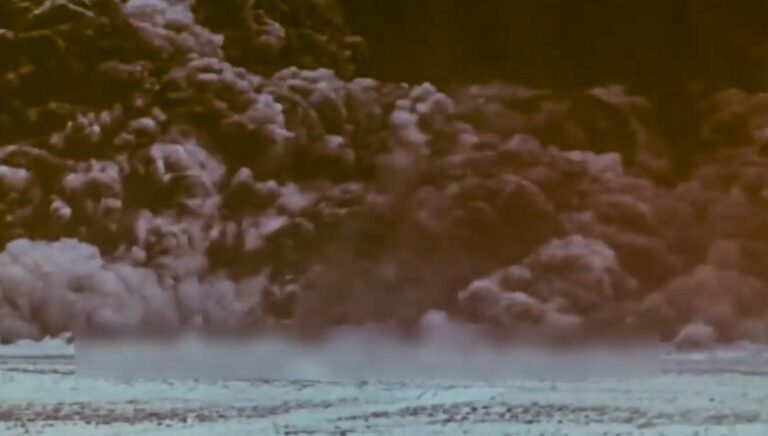
When you hear about any lake you think of it as a nice place to go for a swim and maybe even have a picnic. You won’t be thinking that when you hear about lake chagan.
Do any of those things there and people may just ask if you have a death wish? Lake chagan is the result of a thermonuclear explosion at a nuclear test site in “sermy Kazakhstan” in 1965.
The soviets wanted to see if they could use nuclear technology for peaceful purposes like the creation of reservoirs and canals. The device was detonated inside a 178-meter deep hole inside the Chagan riverbed. It created a 100 meter deep and 400 Meter wide crater.
A channel was then dug to the crater to allow water to flow into it. It sounds like an absurd way to make a lake but they weren’t the only ones doing it. They actually borrowed the idea from the USA which was also doing something similar.
They gave up after 27 tests when they realized it actually wasn’t productive but the soviets carried out 156 tests before reaching a similar conclusion.
Today Lake Chagan is a dangerous contaminated and radioactive body of water. It lets off a disgusting odor that has no wildlife or fish and can only be visited by people wearing protective clothing.
Standing under a nuke
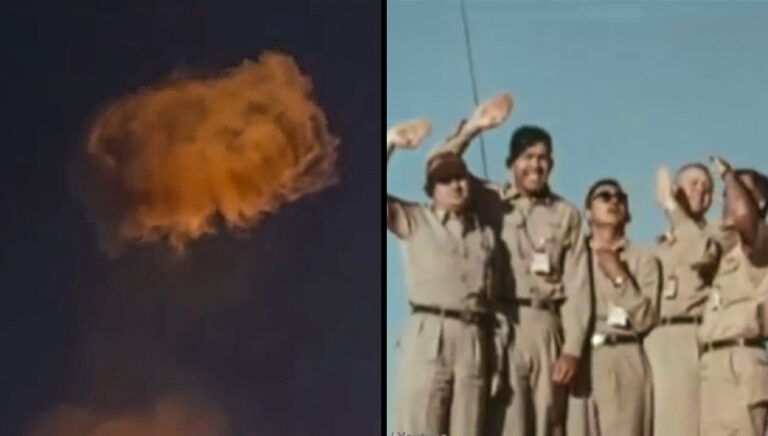
Who would volunteer to stand underneath a nuke? You’d think the answer would be no one but that’s not the case.
In the 1950s five men did just that. There was a lot of fear at the time about nuclear-armed soviet bombers so the genie rocket was invented. This was fired from either Canadian or American fighter jets and didn’t have a guidance system.
Instead, it just had to be aimed at a soviet bomber and the 1.7 kilotons nuclear warhead would make sure it reached its target and everything within reach of that target.
Fortunately, it was only used once in a test and that was bad enough. In 1957 a Northrop f-89 scorpion jet took to the skies at an altitude of 18,400 feet over the Nevada test site at area 10.
The genie was launched and it detonated in mid-air after traveling around 2.6 miles. For some reason and we don’t actually know why five men volunteered to stand on the detonation point. These men were pretty safe though since the explosion happened 3.5 miles above them.
Unfortunately, the dangers of radiation weren’t really that well known. Later in life, all of these men went on to develop cancer and four died.
